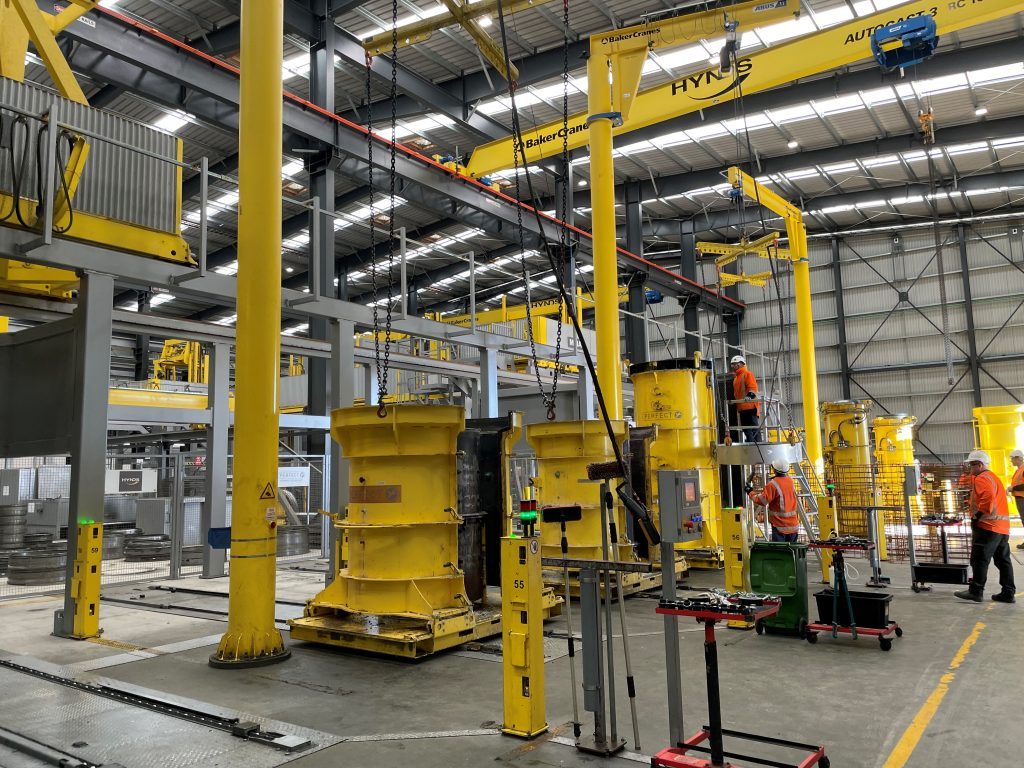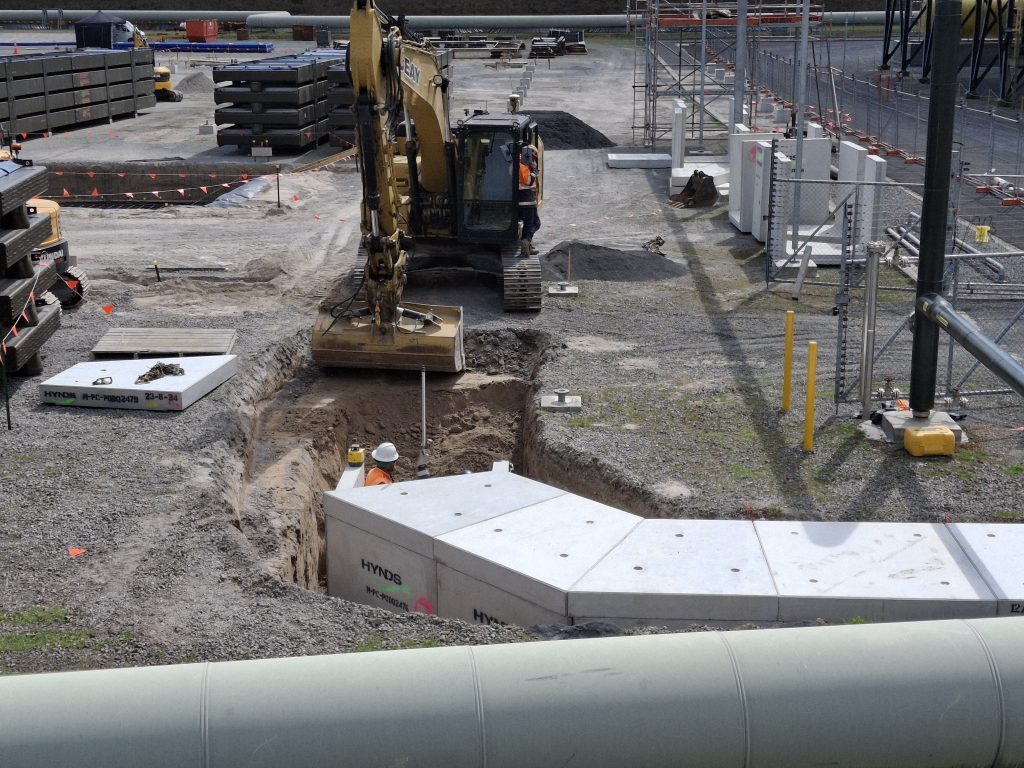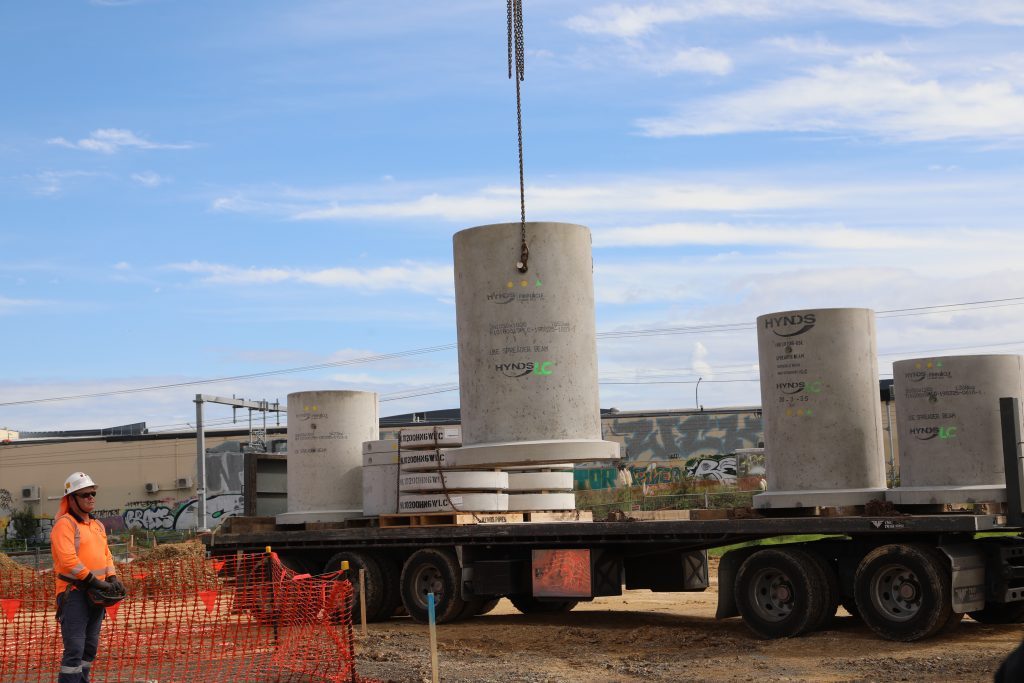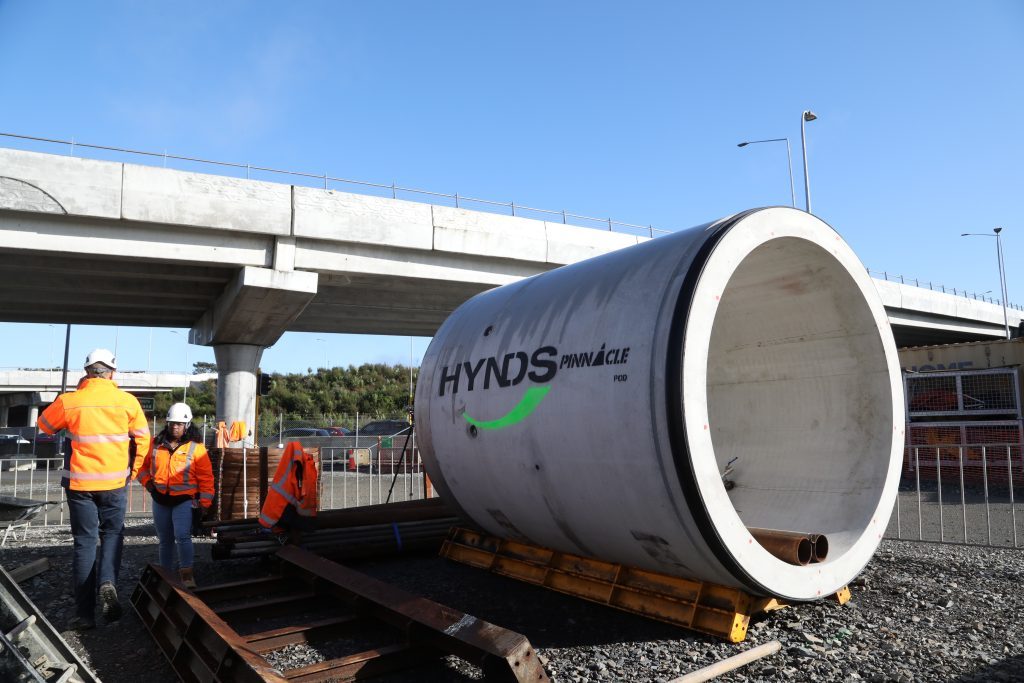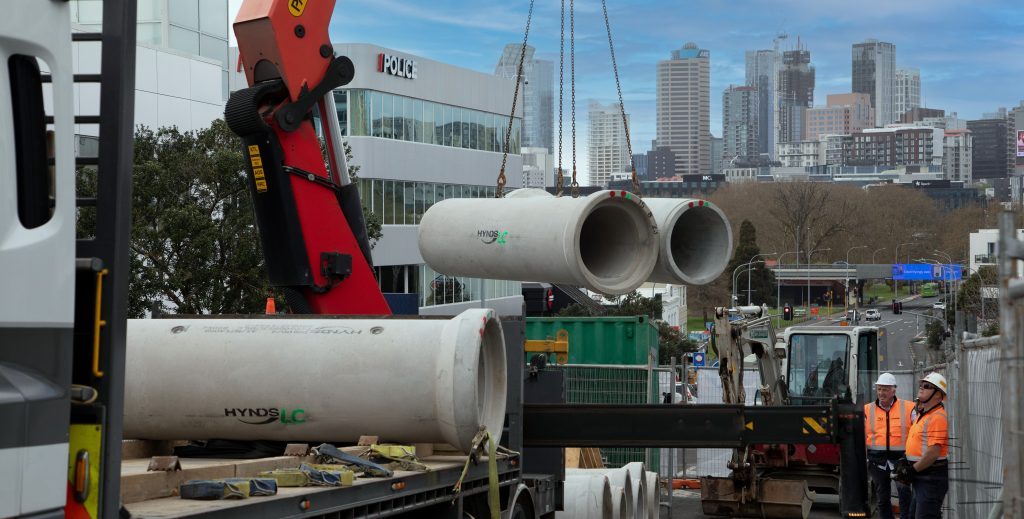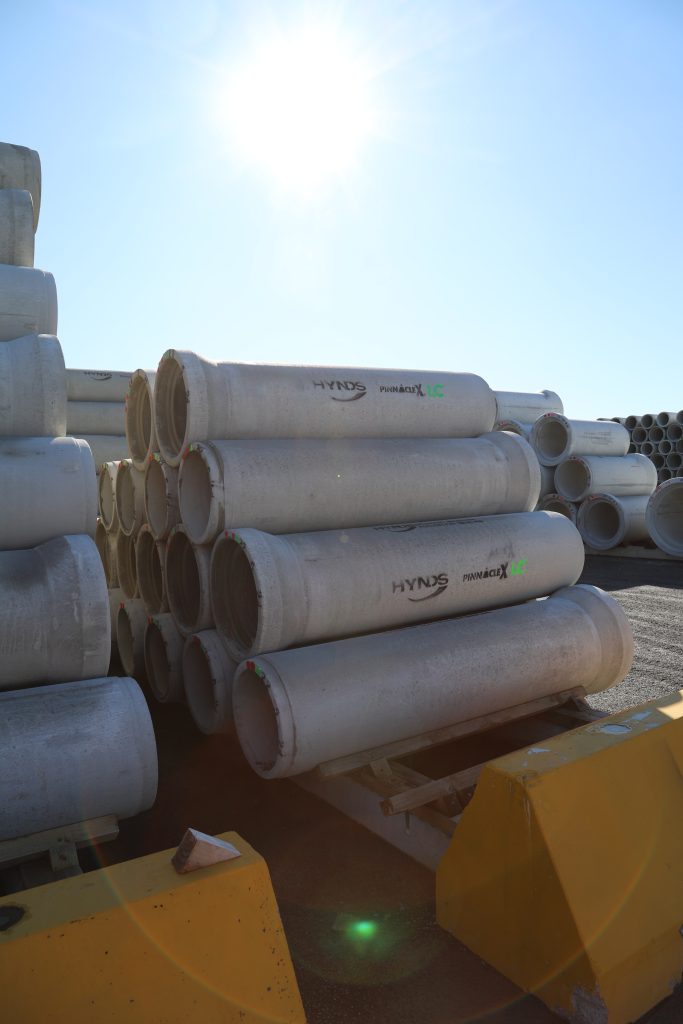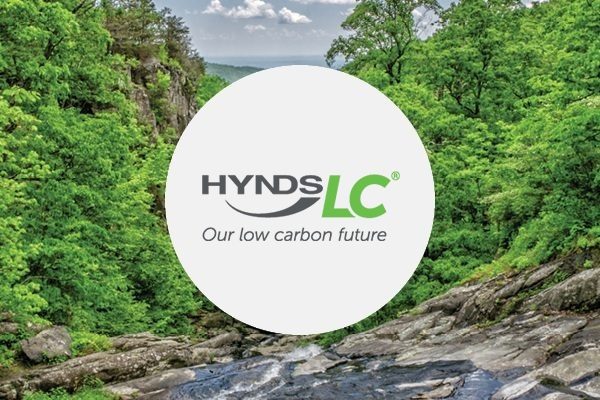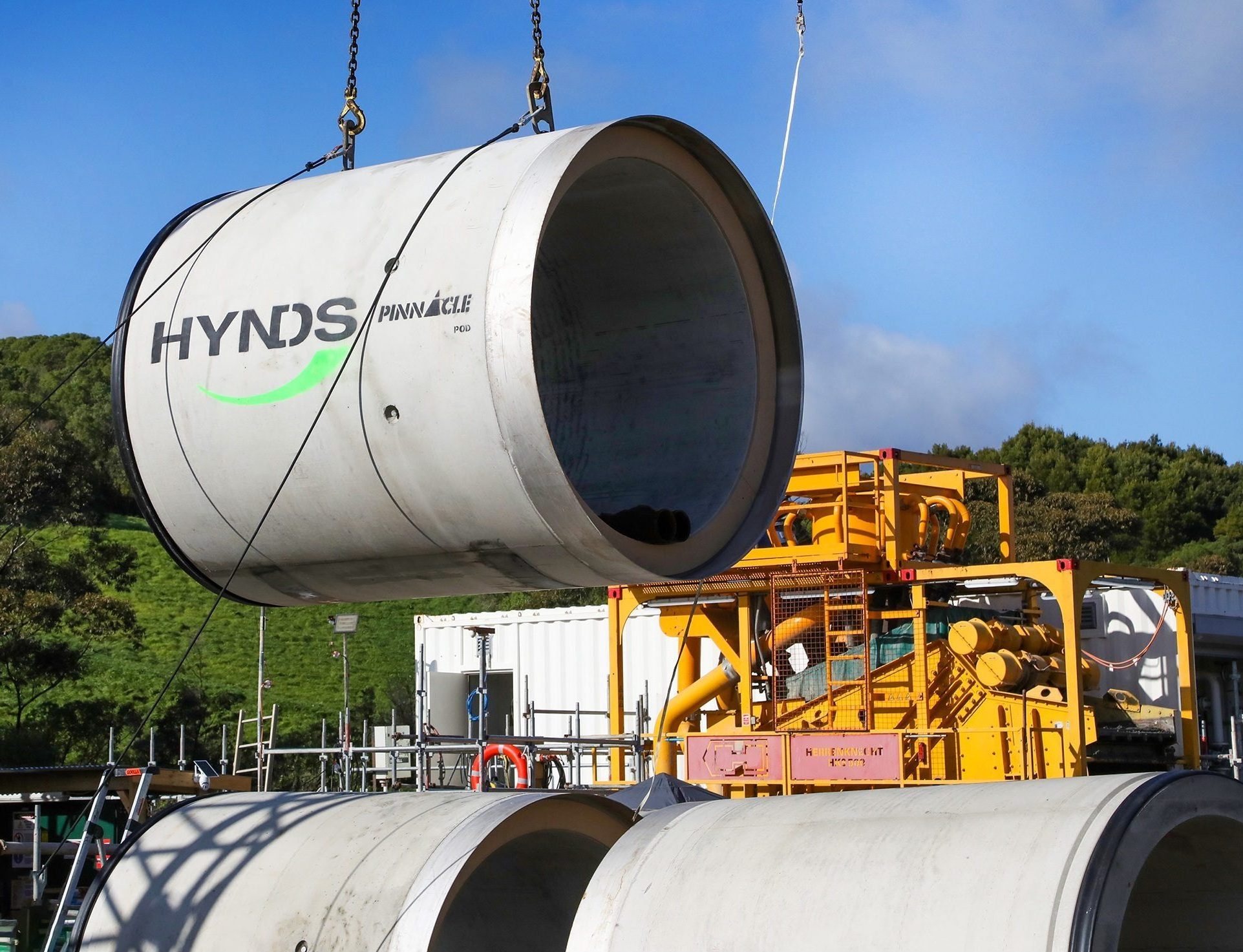With rapid urbanisation and population growth, the demand for building and infrastructure is increasing in New Zealand. However, this demand is putting tremendous pressure on the environment, including resource depletion, pollution and carbon emissions.
Sustainable building materials offer an ideal solution in reducing the environmental impact without limiting construction practices, ultimately creating healthier infrastructure.
Low carbon concrete is one such sustainable building material that has transformative potential in New Zealand’s building sector, playing a significant role in mitigating climate change.
What is Low Carbon Concrete?
Low carbon concrete, also known as green concrete, is concrete that has a lower carbon footprint than standard options. It is made using a combination of Portland cement and cement replacements such as fly ash and furnace slag. Depending on the composition of these compounds, the carbon footprint can be reduced by nearly 70%.
The production processes used to produce low carbon concrete help reduce the amount of carbon-dioxide emitted, which also contributes to its low carbon footprint.
Comparison with traditional concrete
The main difference between low carbon concrete and traditional concrete is the carbon footprint. The production of traditional cement, which is the main ingredient in concrete, releases a significant amount of carbon-dioxide due to the high energy consumption in the production processes. Low carbon concrete, on the other hand, uses alternative materials and more efficient production processes (reduced greenhouse gases) to reduce the carbon footprint.
The Advantages of low carbon concrete
- Environmental benefits
Because low carbon concrete reduces the carbon footprint, it is better for the environment, contributing to more sustainable infrastructure. It is also made from environmentally friendly materials which reduce the need for virgin materials and helps conserve natural resources.
- Increased durability
Low carbon concrete is more durable than traditional concrete. This is because of the materials contained in it, such as fly ash and slag, which make the concrete more resistant to chemical and physical factors that can affect the concrete. Low carbon concrete is also produced using less water, resulting in a denser and more durable product.
- Cost-effectiveness and economic impact
Low carbon concrete can be more expensive to produce than traditional concrete. However, in the long-term, low carbon concrete’s durability makes it more cost effective and results in savings on maintenance, replacement, and repairs.
Low carbon precast concrete
Precast concrete is a construction product produced by casting concrete in a reusable mold with any reinforcing required. It is then cured in a controlled environment, transported to the construction site, and maneuvered into place.
Low carbon precast concrete uses a combination of low carbon concrete and low carbon reinforcing to produce precast concrete with a significantly lower carbon footprint and environmental impact.
Low carbon precast concrete is more sustainable than on-site poured concrete because:
- Formwork or molds can be reused
- Reduction of waste concrete through precise batching and formwork
- Increased use of cement replacement due to controlled curing conditions
- Reduced admixture (chemical additives) use due to limited transport requirements
- Higher quality control which leads to a higher quality, more durable product that will last longer
Low carbon concrete and New Zealand’s construction industry
New Zealand’s commercial construction industry has been expanding in the past decade driven by economic expansion, leading to a steady increase in the use of concrete. But the building and construction industry accounts for 15.1% of New Zealand’s total emissions to date which includes the production of concrete.
New Zealand’s concrete industry wants to reduce carbon emissions while balancing the need to meet demand for concrete. The industry is looking to reduce greenhouse gas emissions by 44% by 2030 with a target of becoming net zero carbon by 2050.
The concrete industry has the potential to improve sustainability with initiatives that include the use of alternative materials, cleaner energy sources, and the optimisation of production processes, which includes curbing emissions from chemical reactions that take place in the production process.
Hynds’ commitment to sustainability
As a proud Kiwi company with a passion for Aotearoa, sustainability is high on the agenda for the Hynds Group with a focus on reducing the carbon footprint and protecting New Zealand’s environment, waterways and communities. The company is conscious of the role it plays in carbon emissions and has the goal of reducing emissions by 42% by 2032 and by introducing low carbon products in its range.
You can learn more about our commitment to sustainability and carbon emission reduction here.
The building and construction sector will be key to reducing the impact of climate change in New Zealand. You can support this endeavour, by choosing some of our products which include concrete pipes and precast concrete products that are designed to reduce the carbon footprint while offering the quality and benefits of cutting-edge products.

